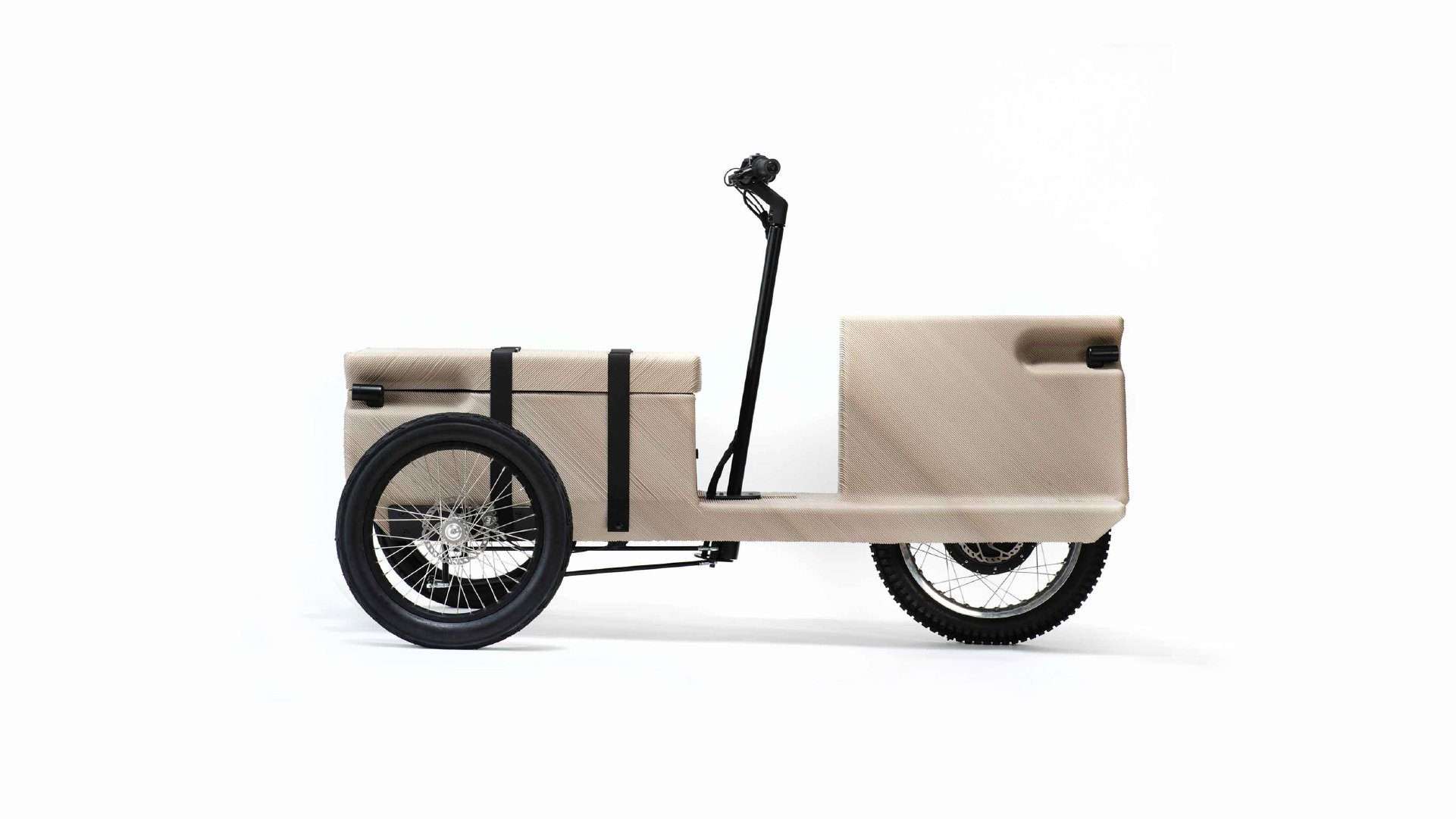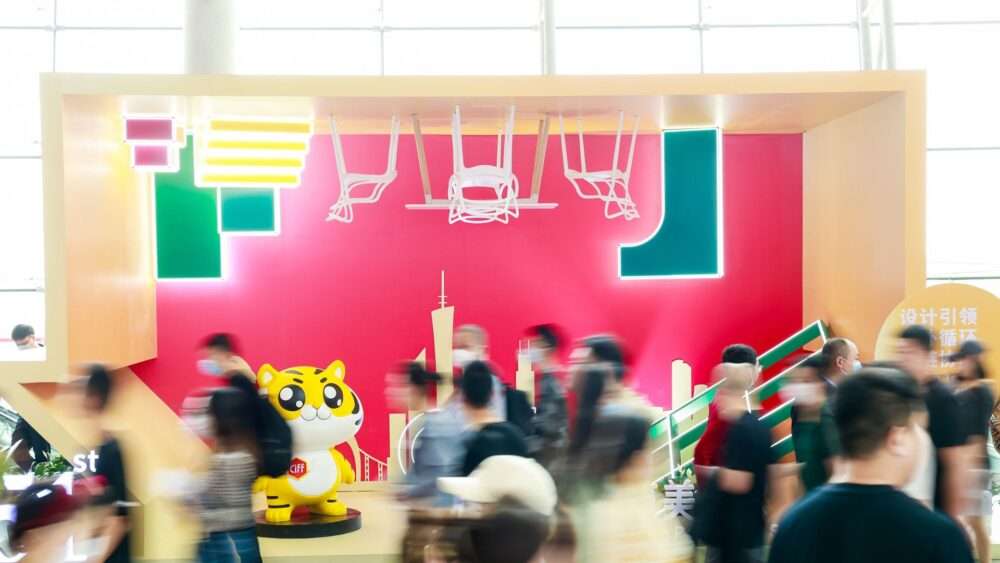EOOS makes electric tricycles for adults using plastic waste
ZUV is a “zero-emissions” vehicle that EOOS says could fulfill some of the short-distance journeys, for which we traditionally use a car.
Did you know that transportation represents 29 percent of domestic greenhouse gas emissions in the US and about 58 percent of that comes from light vehicles? That means bicycles, e-bikes, and some electric cars, despite their more eco-friendly design, are still contributing to our carbon emissions.
In a bid to solve this problem, Austrian design studio EOOS has created a “zero-emissions utility vehicle” by 3D-printing plastic waste. Rather than shipping worldwide, the electric tricycle is local, thereby further reducing its carbon footprint. It’s from 70kg of waste from various supermarkets in Vienna, the Austrian capital where the studio is.
ZUV, the tricycle was created based on a concept of local production, which aims to reduce the vehicle’s ecological impact. It allows everyone to 3D print the frame in a fablab near their home before visiting a local bike workshop to bolt on the motor at its predefined position as well as the handlebars, brakes, and three wheels.
Of course, for ZUV to be truly zero-emission, the energy used to print the tricycle would need to come from renewable sources, as well as the juice used to power the motor. Nevertheless, this lightweight vehicle could go some way towards lowering the emission associated with producing electric vehicles. It also promotes local fabrication and the reuse of waste materials.
EOOS makes electric tricycles for adults using plastic waste
The tricycle was created in collaboration with the additive manufacturing company The New Raw. Whose name you might remember from this shell-like beach furniture made from upcycled marine plastic? By employing their 3D printing processes, EOOS was able to minimize waste even further.
The New Raw manufactured the chassis using its custom machinery, which is from a disused industrial robot with a plastic extruder. The robot is capable of printing diagonal layers rather than vertical or horizontal ones. This means that no additional falsework needed to support the structure while printing.
All in all, it’s a great model that makes the tricycle easy to repair, again further limiting environmental impact. Since the ZUV is from recycled plastic, we can also shred and re-print the frame to form another ZUV. Instead of being sent to a landfill. Although, eventually, the plastic would probably degrade too much to be reused eventually.
The ZUV prototype can carry two adults on its bench seat, with a transport box on the front for cargo. EOOS hopes that the tricycle could replace a car for some of the heavy-load, short-distance journeys people take.
Finally, read more on Archup:
Call for Entries: Autumn World Campus Masters Selective Graduation Design Program 2020
Fengyuzhu Metaverse Digital Art Museum Global Bidding Announcement







